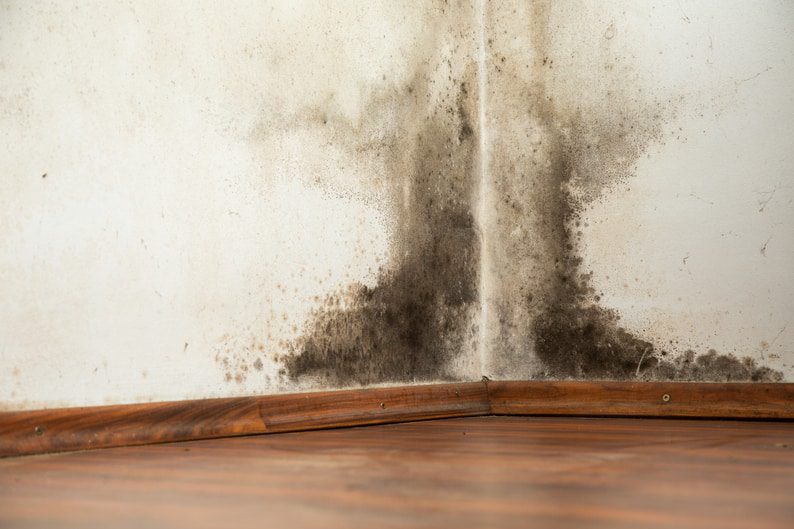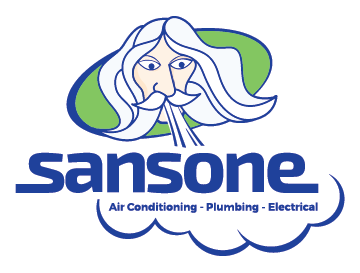
A working air conditioner is one of those things most people tend to take for granted. After all, there are already a lot of things to do on a regular basis to occupy your mind: working out, taking your kids to school, commuting to work, and the million emails and questions from everyone at the office. Yet, if you get home and realize that it smells musty, you can only ignore the issue for so long. Why is it happening, and what can you do about it?
5 Reasons Your AC Smells Musty & How to Fix It
There are several factors that may cause your air conditioning system to emit a moldy or musty smell. The most likely culprits include the following:
1. Air Ducts or Air Vents Are Holding Excess Moisture
Living in Florida means we deal with our fair share of humidity, which can directly cause excess moisture (and as a result, mold) to build up within the air ducts and air vents of your air conditioning system.
Solution: The best way to remedy this issue is to schedule an air duct cleaning with a professional HVAC technician.
2. Frozen Evaporator Coils
Air conditioners work by absorbing warm air from inside your home, removing humidity from it, cooling it, and cycling it back into your home through the return vents. In order for air to flow freely through this process, it’s crucial to have clean air filters. If you don’t change them often enough, the dirt collected in them will block airflow, causing water drops from the humid air inside your house to collect on the evaporator coils. The AC’s refrigerant will continue cooling air, causing water drops to freeze on the coils.
Solution: Check and replace your air filters.
For more information, check out our blog: What to Do When Your AC Unit Freezes Up
3. Drain Pan Is Full
When the humidity is removed from the air, the moisture causes water droplets to fall into an AC part called the drain pan (also known as a drip pan). With regular wear and tear, the drain pan can become rusted or won’t drain the collected water. When this occurs, mold can build up, and you’ll be able to smell it inside your home.
Solution: You can purchase a new drip pan at any hardware store. Before you go, take a picture of the make and model you need for your air conditioner, or you can call your local HVAC technician to take care of it for you.
4. Clogged Condensate Line
The water that collects in the drain pan is drained outside your home through an AC part called the condensate line. This is a PVC pipe that you can see next to the condenser unit (the portion of the AC that sits outside your home). Since this pipe is a small, enclosed space designed to hold water, it’s a prime location for mold, mildew, and sludge to grow – causing clogs and musty smells inside your house.
Solution: To prevent this from happening, you should clean it once a month. To do so, shut off the air conditioner at the thermostat and at the breaker panel. Remove the cap from the PVC pipe and slowly pour one cup of distilled white vinegar into the opening. Let the solution sit for about half an hour. Then turn the AC back on.
For a simple how-to guide to cleaning your AC’s drain line, check out our blog: How to Clean Your AC’s Drain Line in 6 Simple Steps
5. AC System Is Too Big for Your Home
Not all air conditioners are created the same. If your air conditioning system is too big for your home, it can cause the air to be cycled throughout your home too quickly. This results in improperly dehumidified air going through your AC, which can cause excess moisture throughout your home.
An AC capacity is measured in British Thermal Units (BTU). When you purchase a unit, you have to take into account the square footage of your home, construction materials, type of insulation, ceiling height, and how many people live with you. For each ton of heat that has to be removed from your home, you need an AC with 12,000 BTUs.
To check the BTU capacity of your air conditioner, check the label on the condenser unit. At the top of the label, you’ll see your air conditioner’s model number (M/N). The BTU capacity is the number in the second section of the M/N, after the first dash.
Solution: If you’re not sure if you have the right size, an HVAC technician can assist you.
Contact Sansone for All of Your Air Conditioning Needs
As a homeowner living in South Florida, you likely rely on your air conditioning system to keep your home comfortable almost year-round. That’s why it’s so important to have a reliable air conditioning company to call whenever you need AC repair services. At Sansone, we combine quality products and superior service all at an affordable price. If you need air conditioning services, give us a call today.
Broward: (954) 800-2858
Palm Beach: (561) 701-8274
St. Lucie: (772) 879-5656

